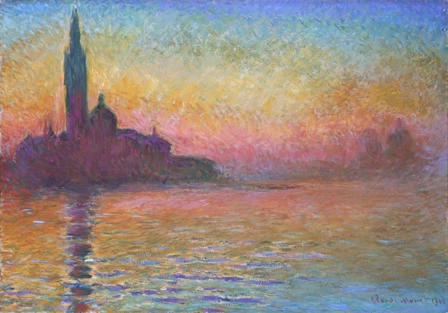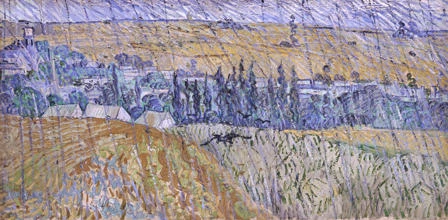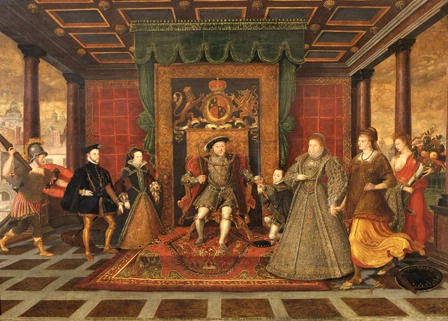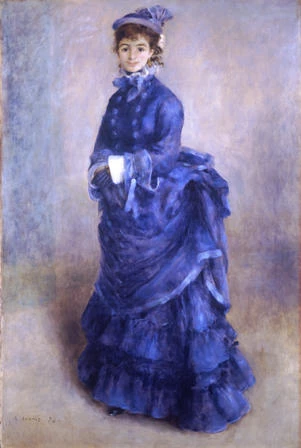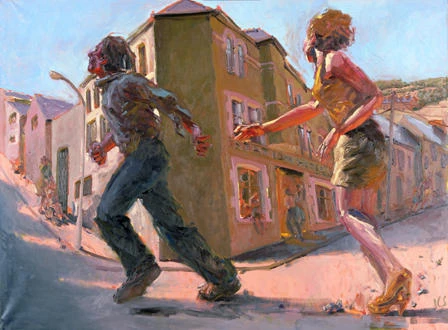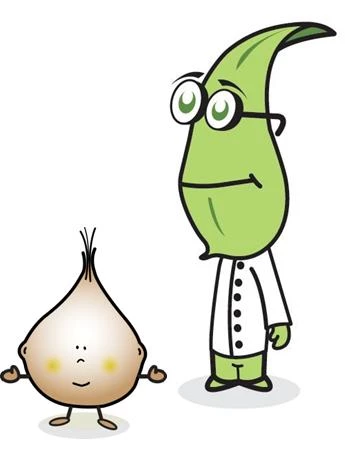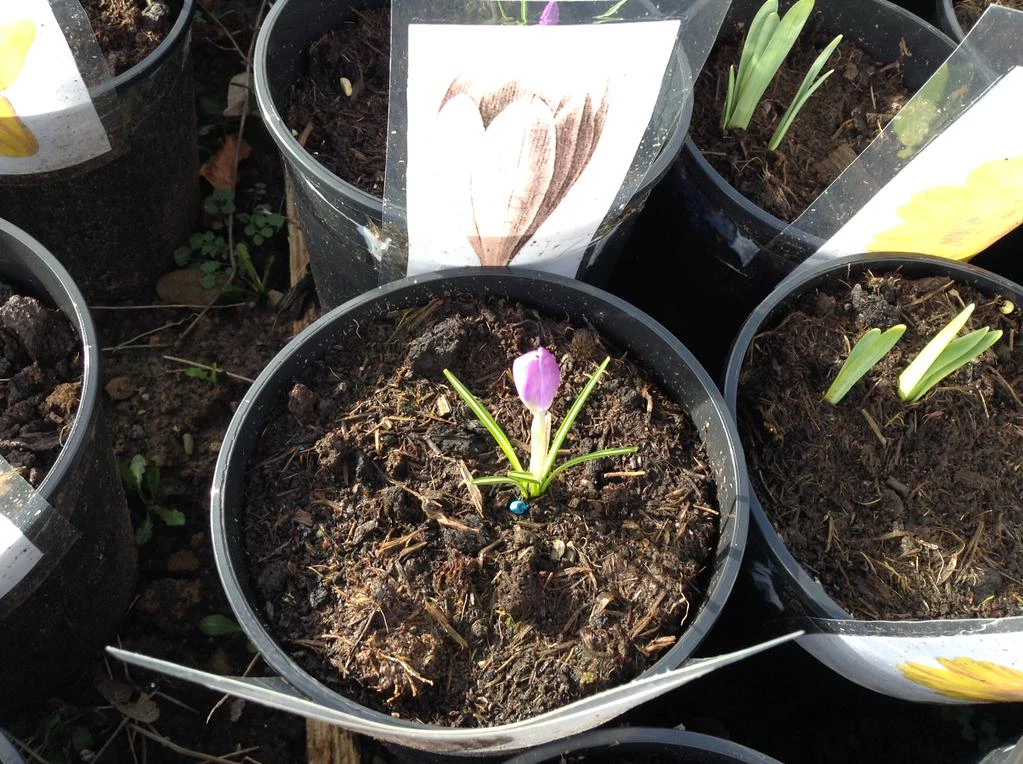Hoff luniau defnyddwyr Celf Arlein: 5 uchaf
, 8 Gorffennaf 2015
Dwi'n ddiolchgar iawn 'mod i wedi sgrifennu'r rhestr yma wythnos diwetha, yn syth ar ôl cwrs ar google analytics efo Jess Spate o Thoughtful SEO. Mi ges i olwg graff ar beth mae'r platfform yn gallu'i gyflawni - o ddefnyddio tameidiau ohono dros y blynyddoedd, ro'n i'n amau bod llawer mwy y gallwn ei fesur a'i ddadansoddi. Mae sawl aelod o'r tîm digidol yn giamstars yn barod, felly beth am ifi ddechrau efo rhywbeth reit syml i ymarfer? Dyma 5 darlun mwyaf poblogaidd Celf Arlein:
San Giorgio Maggiore by Twilight - Monet
Mae cynifer o ddarluniau hynod a hudol 'da ni o Fenis, gan gynnwys y noslun hwn gan Whistler, a fy ffefryn, y Palazzo Camerlenghi gan Sickert. Y darlun mwyaf pobolgaidd ar Celf Arlein, fodd bynnag, yw'r darlun amryliw yma gan Monet. Fe ddowch o hyd i'r fersiwn 'go iawn' yn Oriel 16, yma yn Amgueddfa Genedlaethol Caerdydd.
Rain - Auvers - Van Gogh
Un o ddarluniau olaf Van Gogh, sydd ar daith yn yr UDA ar hyn o bryd. Bydd yn werth ymweld ag e pan fydd yn dychwelyd - mae'r paent yn drwch blêr wrth ddangos cwysau'r tir, a'r glaw fel petae'n hollti'r ganfas. Bron ag y gallwch chi hogle'r petrichor.
Teulu Henry VIII: Alegori o'r Olyniaeth Duduriaidd - Lucas de Heere
Efallai bo'r lluniau anffurfiol o George a Charlotte yn wahanol iawn eu naws, ond, 500 mlynedd ar wahan, ffocysu ar rym a phwysigrwydd llinach benodol y mae'r darlun hwn hefyd. Mae i'w weld yn Oriel 10 yn AGC: dwi i wrth fy modd yn edrych yn fanwl ar y llun yma, nid ar y cymeriadau ond ar y tecstiliau yn y llun. Mae'r artist wedi gwneud cryn ymdrech i beintio'r ffabrigau crand 'ma - a ma nhw ddipyn yn grandiach na'r dillad 'Tuduraidd' o'n i'n arfer ei wisgo yn Sain Ffagan!
La Parisienne - Renoir
Un o hoelion wyth y casgliad, a brynwyd gan y chwiorydd Davies - eu hatyniad at weithiau argraffiadol a'u gwaith elusennol a sefydlodd egin yr amgueddfa fel yr ydym ni'n ei hadnabod hi heddiw. Dwi erioed di dirnad cweit beth sydd y tu ôl i grechwen y 'Ferch o Baris' - efallai mai dyna sy'n ei gwneud hi'n Mona Lisa Caerdydd! Mi wnes i ddwlu ar y llun yma hefyd, a dynnwyd gan Sioned a Nia mewn priodas fis diwetha.
Un o'n hoff luniau ni yn @Museum_Cardiff mewn priodas ddiweddar @rhiantomos @artwordmari fyddai Renoir yn gwenu? pic.twitter.com/dwA72AUeQb
— Sioned a Nia (@SionedaNia) June 12, 2015
Running Away with the Hairdresser - Kevin Sinnott
Yr unig ddarlun gan rywun o Gymru sy'n ymddangos yn y rhestr - a ffefryn go iawn ymysg ein hymwelwyr i'r oriel. Mae'r gwaith bywiog, amwys hwn am ail-ymddangos ar wal ein horielau ar yr 20ed o Awst. Dw'n cofio cael fy syfrdanu gan hwn pan y gweles i e, a'r eilwaith gan ddarllen y teitl: mae'r artist yn rhoi digon o arweiniad i'r dychymyg, ond yn rhoi digon o le iddo grwydro hefyd. Sgwn i sut y daeth antur y torrwr gwallt i ben?
Felly, dyna'r 5 darlun mwyaf poblogaidd yn Celf Arlein - dwi'n licio defnyddio'r nodwedd 'dewis ar hap' i ddarganfod rhan newydd o'r casgliad, neu waith newydd gan artist câr. Ac wrth gwrs, heb anghofio, os fyddwch chi'n cwmpo mewn cariad ag unrhyw rai o'r gweithau 'ma, ewch draw i'n tudalen Argraffu yn Ôl y Galw i archebu copi ohono ar gyfer eich oriel chi gartre!
